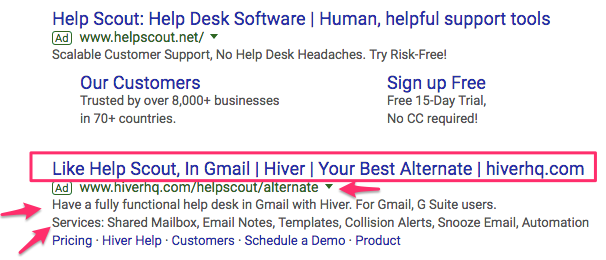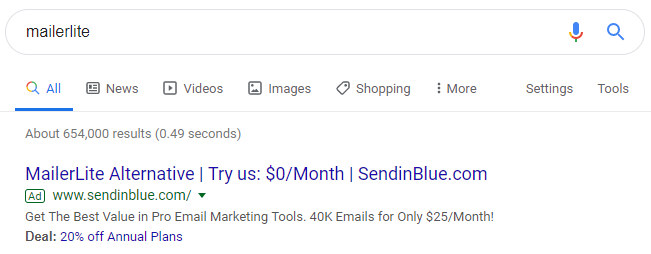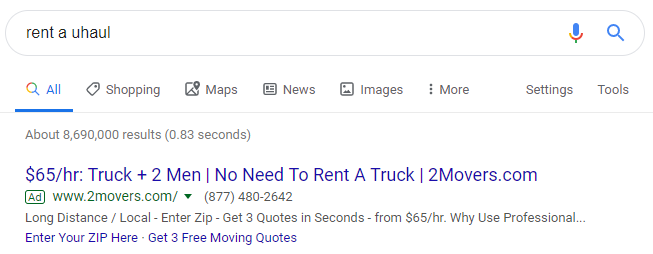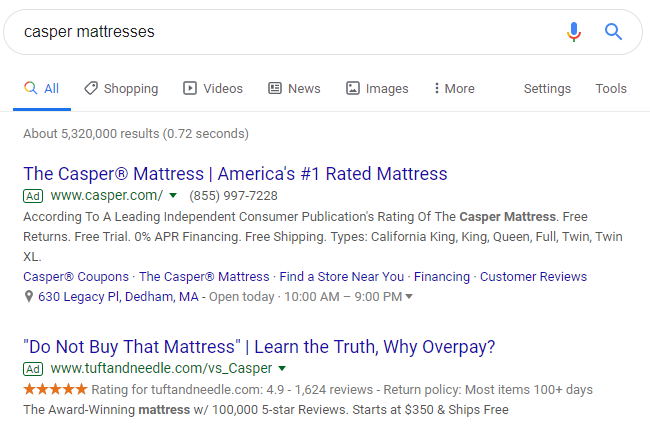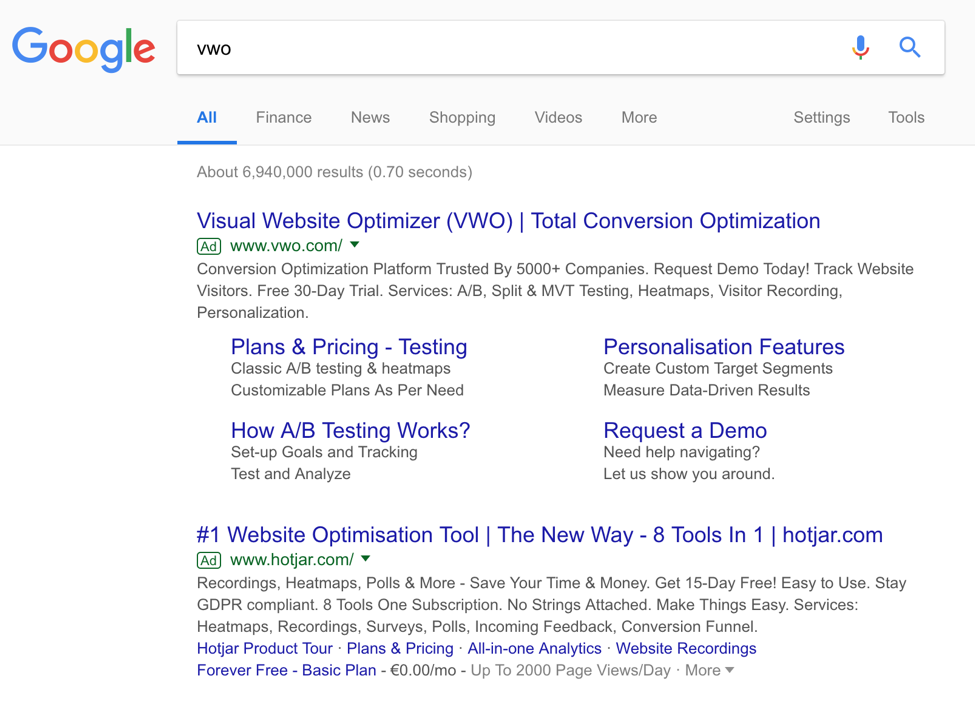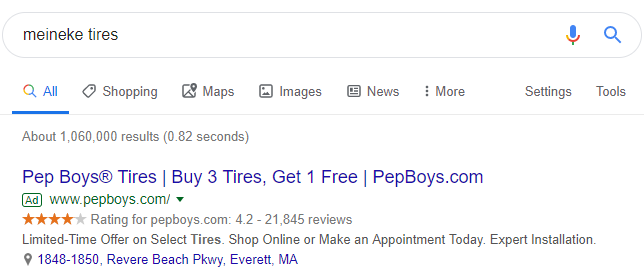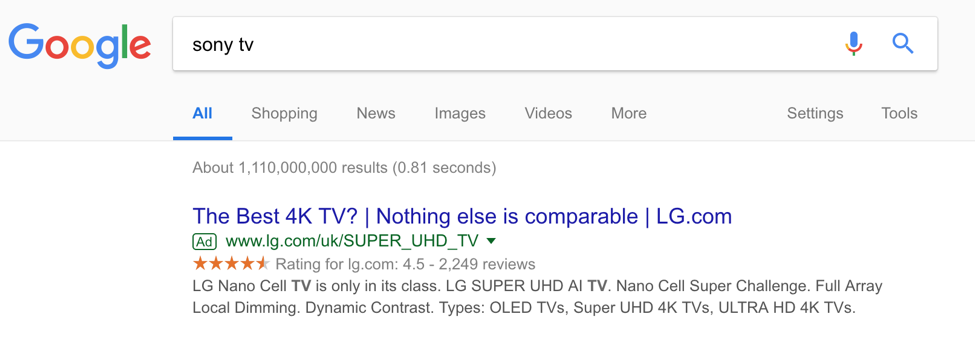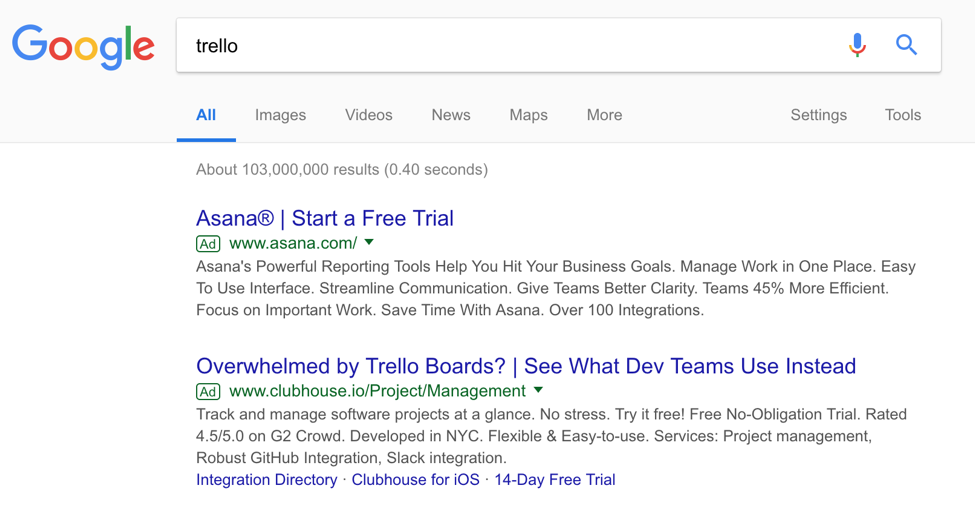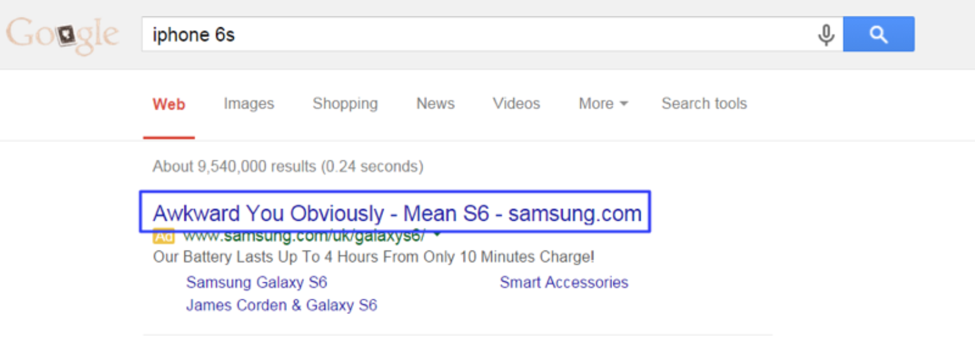13 Paid Search Ad Techniques To Try For Relatively Unknown Products
A new client recently started with us and brought with them a sort of unique situation when it comes to Paid Search. I had heard about examples of this situation before but had never directly worked with it.
The unique part of working with this client is people don’t search for what they offer. Huh, how can that be the case? Well, they offer a service that’s fairly unknown in their industry – a certification for a new technique that gives higher success rates with healing people that have pain. Because people don’t know about it, they don’t search for it.
Traditionally, people that want to get into doing this sort of thing will look to become something like a massage therapist or physical therapist; or they already are one. They in turn search for massage or physical therapy training or school without knowing that what my client offers is a great option for some new, innovative skills that will make them unique in their marketplace.
The thing about Search Advertising is…it can be fairly hard to do profitable advertising on search queries that don’t offer exactly what searchers are looking for. On the flip side, people that do these searches are perfect candidates for my client. We just have to convince them to give us a look. We’re confident that if they do, we can convert enough of them to make our efforts in Search profitable.
You can’t just offer your product or service
One of the issues I found with the efforts of their past account manager was they were simply advertising what was being offered by the clients in their ads.
The problem with this approach is that while you’re describing your offer, you actually need to be interrupting the thought process of the searcher to redirect their attention to what you’re offering. You have to send a message intriguing enough that you stop them in their search result page scanning tracks and consider clicking your ad instead of the other results that are definitely more relevant to the search they performed.
So what I thought I’d do in this situation is treat it like I was conquesting a competitor’s brand terms even though I was going to be targeting non-brand terms. I went on the hunt for some good examples of techniques for advertising on competitors’ brand terms.
I’m sharing here what I found in a few excellent articles that called out the 13 techniques below you can try if you’re in a situation where your target audience doesn’t search for your innovative or complementary product or service. Those articles were…
- AdWords Competitor Targeting: Everything You Need To Know To Do It Right by Brad Smith
- The 11 Best Competitive Ads We’ve Ever Seen On Google by Connor Bond
- 12 Amazing PPC Competitor Campaigns by Byron Tassoni-Resch
Techniques to try
Here are some of the techniques I pulled from those articles…
Blow away their discounts or offer
Priceline is seemingly offering 40% off to book your car through their site. Although the searcher wasn’t looking to book their rental car through Priceline.com, they sure do make a compelling reason to do so with this discount…
Talk about what they don’t do
Notice how Hiver communicates that they’re “Like Help Scout,” but have a unique feature that people will find desirable in that it can be used in Gmail…
Be transparent that you’re not the exact solution they’re looking for
Notice how SendInBlue uses “Alternative” to communicate they are a separate option, but they accompany this with a $0/month offer…
Speak to what the user is trying to accomplish
Notice how 2movers.com communicates the searcher can have the job done by them without even renting a truck…
Employ the power of mystery
Notice how Tuft & Needle place doubt in the minds of searchers by saying “Learn the Truth, Why Overpay?” This makes me think going to other sites will cause me to miss the truth…
Call out what the searcher is looking to obtain in a more compelling way
Notice how HotJar is communicating that they’re #1 in the space and they have 8 tools in 1…
Promote a limited-time offer
Notice how Pep Boys communicates a special offer that brings a sense of urgency and a good value…
Focus on new and trendy
Notice how LG tries to make the person searching for the Google Home think that they’re missing out on something even newer and better…
Question who’s the best in the category
Notice how LG is making you question if there’s a better alternative than what you’re searching for. You can claim that you are and then back up that claim with more details.
Entice with a free sample
Notice how both the competitive ads communicate that it’s risk-free to try them.
Talk about the outcomes of choosing the competitor
Notice how the attempt is made to strike fear into the searcher’s mind of what the outcome would be if they took a specific action…
Call out the customer segment you want specifically
Notice how Clubhouse talks directly to Dev Teams, which would likely get their attention…
Use a play on words
Notice how Samsung makes the assumption that the searcher typed in the wrong phone model…
What I came up with
Here are the ad variations I came up with after considering the 13 techniques above…
and…
Notice these things about these ad variations…
- I’m being transparent that what I’m offering isn’t exactly what the searcher is looking for by saying “Compare to” and “Alternative.”
- I employ a bit of mystery by saying you could “Be unique in the marketplace.” Hmmm, how would they be unique and could that be an advantage?
- I make the searcher feel like they may be missing out on something new and trendy by saying that our solution is “a true innovation” and a “revolutionary new way.”
- I call out what the searcher is looking to obtain in a more compelling way by saying “gets you big results” and “become an expert at.”
If you’re a business with a product or service that you want to present as an alternative to things people are already searching for, try out some of these techniques and see if you can make these searchers profitable for your business.

